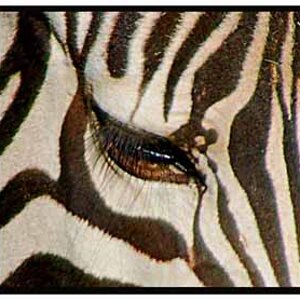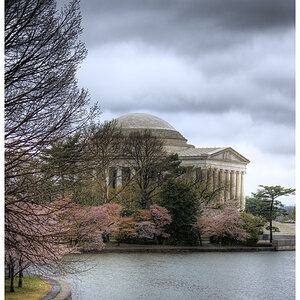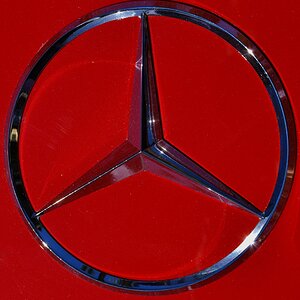What determines the width and height of images?
This is my dilemma.
I am building a website that I need to reduce the images both in total pixel size to make it 72 dpi, and size to Constrain Proportions.
I have to make predetermined sizes on my web site so each area with image it will handle a proper Constrain Proportion image
I need the same camera shot to fit proportionately in each area.
I need to make each area the proper size to handle a scaled down photo.
So is there a standard size a camera takes for like a point and shoot?
Or is each camera different ?
You can see this sample where I have 2 problems
1. larger image is not proportional to fit the box
2. and the thumbnail is proportional and doesnt fit the box
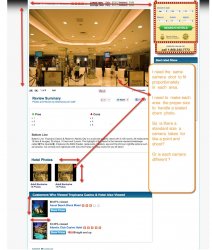
This is my dilemma.
I am building a website that I need to reduce the images both in total pixel size to make it 72 dpi, and size to Constrain Proportions.
I have to make predetermined sizes on my web site so each area with image it will handle a proper Constrain Proportion image
I need the same camera shot to fit proportionately in each area.
I need to make each area the proper size to handle a scaled down photo.
So is there a standard size a camera takes for like a point and shoot?
Or is each camera different ?
You can see this sample where I have 2 problems
1. larger image is not proportional to fit the box
2. and the thumbnail is proportional and doesnt fit the box

Last edited:








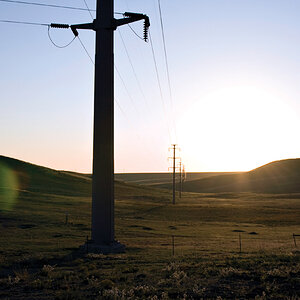
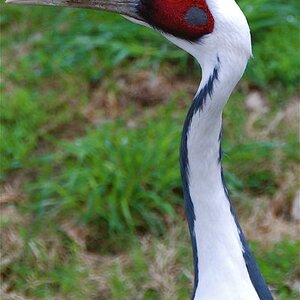


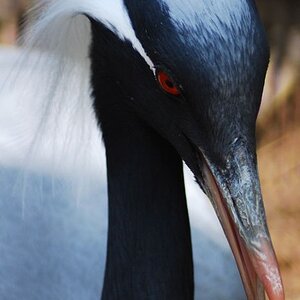
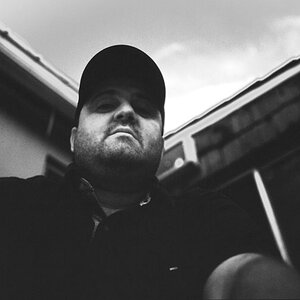
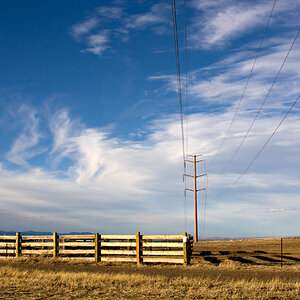
![[No title]](/data/xfmg/thumbnail/42/42274-5bec1b32caba5fed4a680bc5be4d0202.jpg?1619740083)
